This post may contain affiliate links. Please see my disclosure policy for details.
Creating Stunning Garden Pathways: Your Ultimate Design Guide
Contents
Garden pathways are more than just functional walkways – they’re the storytellers of your outdoor space, guiding visitors through a living canvas of nature and design.
Why Garden Pathways Matter
Every garden needs a heartbeat, and pathways are that rhythmic pulse that connects different areas, creates visual interest, and transforms mundane landscapes into magical journeys.
Key Benefits of Garden Pathways
- Improve Landscape Navigation: Provide clear, easy movement through your garden
- Enhance Visual Appeal: Create structure and design coherence
- Increase Property Value: Professional landscaping boosts home aesthetics
- Define Garden Zones: Separate different garden areas elegantly
Choosing the Perfect Pathway Material
Gravel Paths: Budget-Friendly Charm
Pros:
- Affordable
- Easy installation
- Natural, rustic look
- Excellent drainage
Cons:
- Requires regular maintenance
- Can scatter onto surrounding areas
Flagstone Paths: Timeless Elegance
Pros:
- Extremely durable
- Unique, natural appearance
- Multiple color and pattern options
- Adds significant property value
Cons:
- Higher installation cost
- Labor-intensive
- Requires professional skills
Brick Pathways: Classic Sophistication
Pros:
- Traditional, warm aesthetic
- Multiple laying patterns
- Long-lasting
- Complements various architectural styles
Cons:
- Can be expensive
- Potential shifting over time
- Requires precise installation
Design Principles for Stunning Pathways
1. Follow Natural Movement
Design paths that feel intuitive – mimic how people naturally walk through spaces.
2. Consider Curves and Flow
- Gentle curves create visual interest
- Avoid sharp, unnatural angles
- Let the path feel like a natural extension of the landscape
3. Width Matters
- Main paths: 4-5 feet wide
- Secondary paths: 2-3 feet wide
- Ensure comfortable walking space
Budget-Friendly Path Creation Tips
Low-Cost Options:
- Mulch paths
- Grass/clover walkways
- Recycled material stepping stones
- DIY gravel installation
Cost-Saving Strategies:
- Source materials locally
- Use reclaimed stones/bricks
- Do partial DIY, hire professionals for complex sections
- Plan and purchase materials during off-season sales
Maintenance Considerations
Regular Care Checklist
- Remove weeds
- Replenish gravel/mulch
- Reset shifted stones
- Clean and repair edges
- Check for drainage issues
Common Pathway Mistakes to Avoid
- Ignoring natural landscape contours
- Choosing style over functionality
- Neglecting proper base preparation
- Forgetting about drainage
- Overcrowding with unnecessary decorations
Final Pathway Design Inspiration
Transform your garden from ordinary to extraordinary by treating pathways as artistic expressions, not just functional necessities.
Remember: A well-designed path doesn’t just connect points – it tells a story, invites exploration, and turns your garden into a living, breathing masterpiece.
Pro Tip: Take inspiration from your home’s architectural style and surrounding landscape. The most stunning pathways feel like natural extensions of their environment.
Happy path designing!

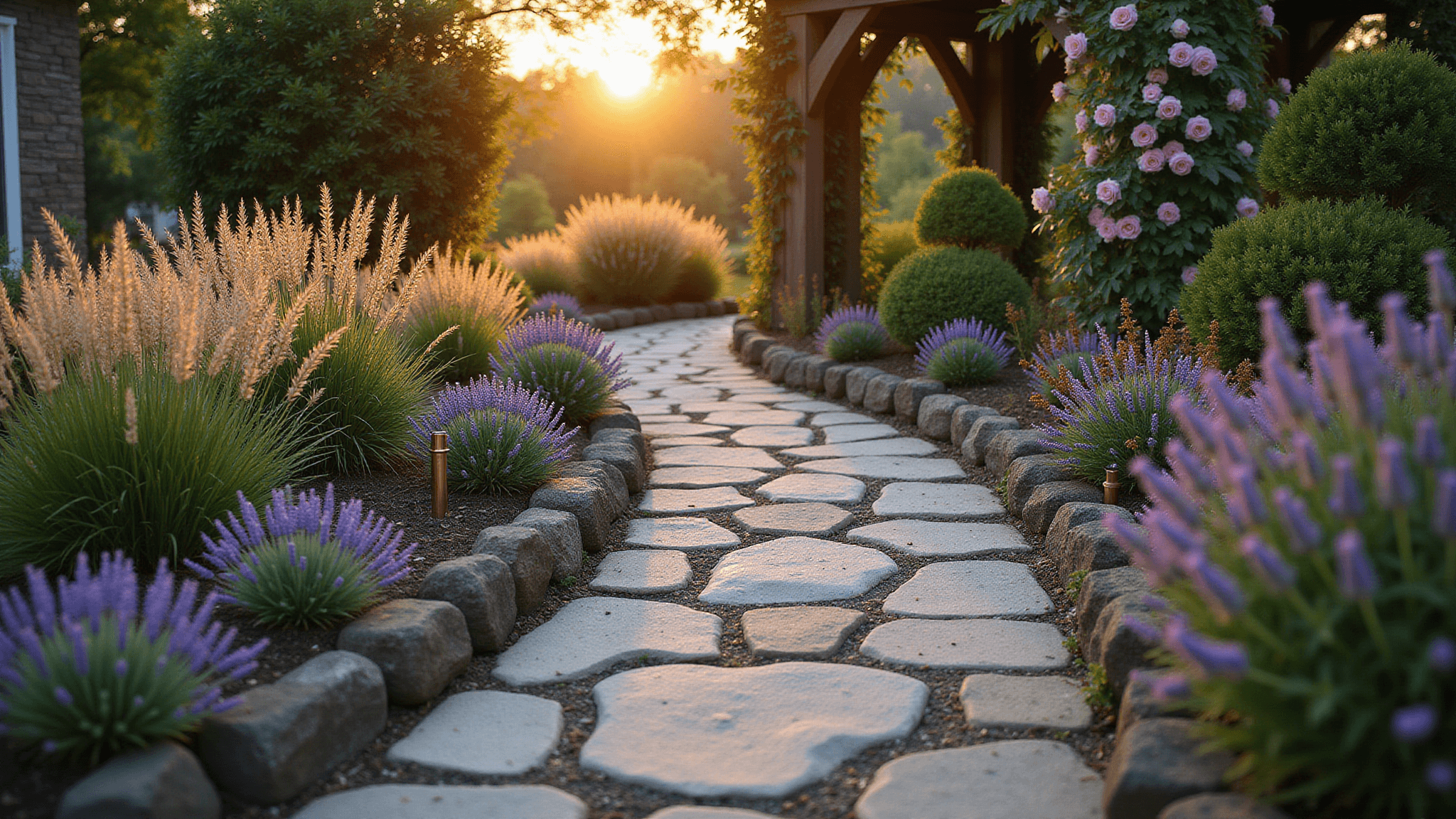

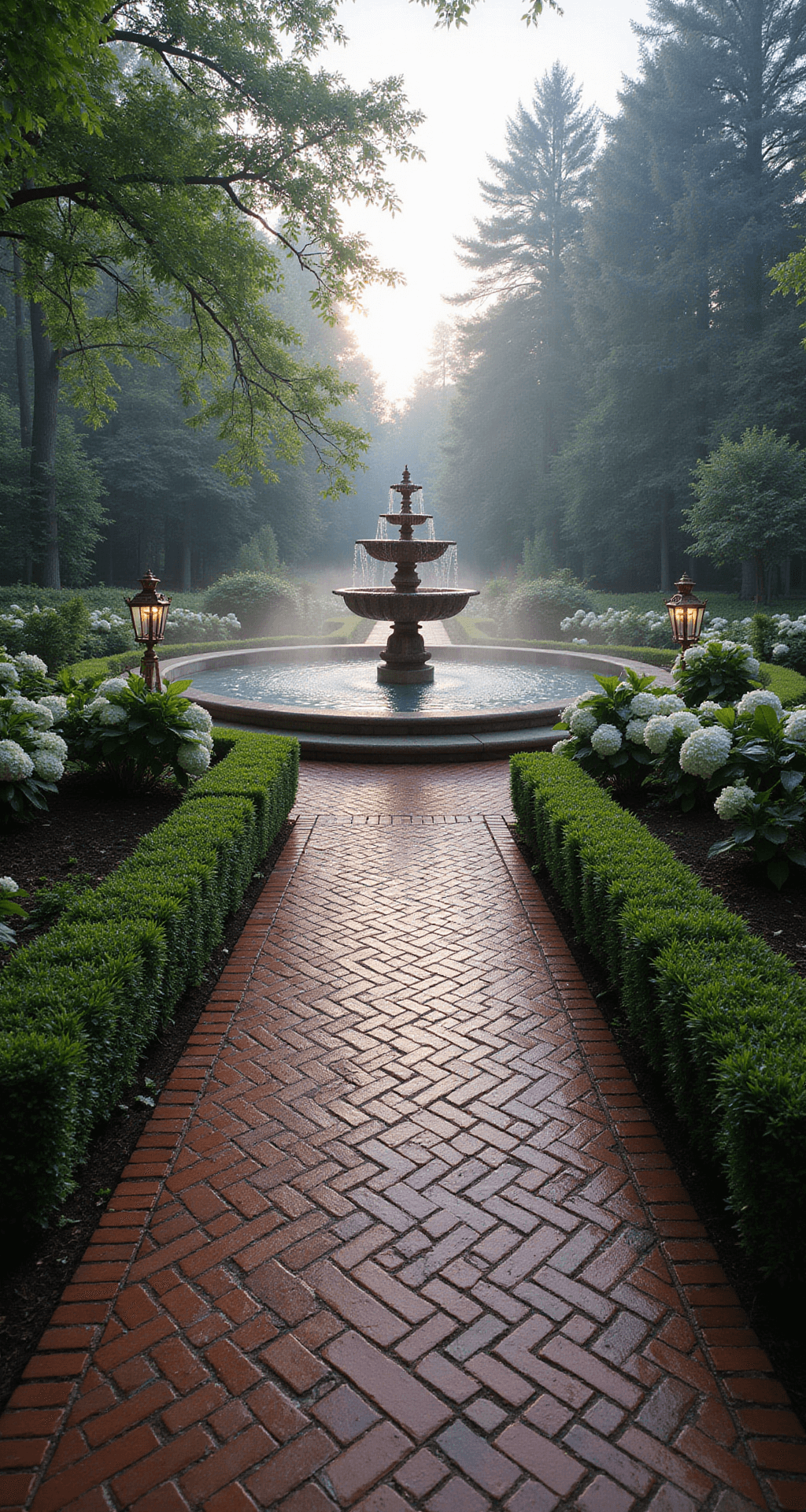
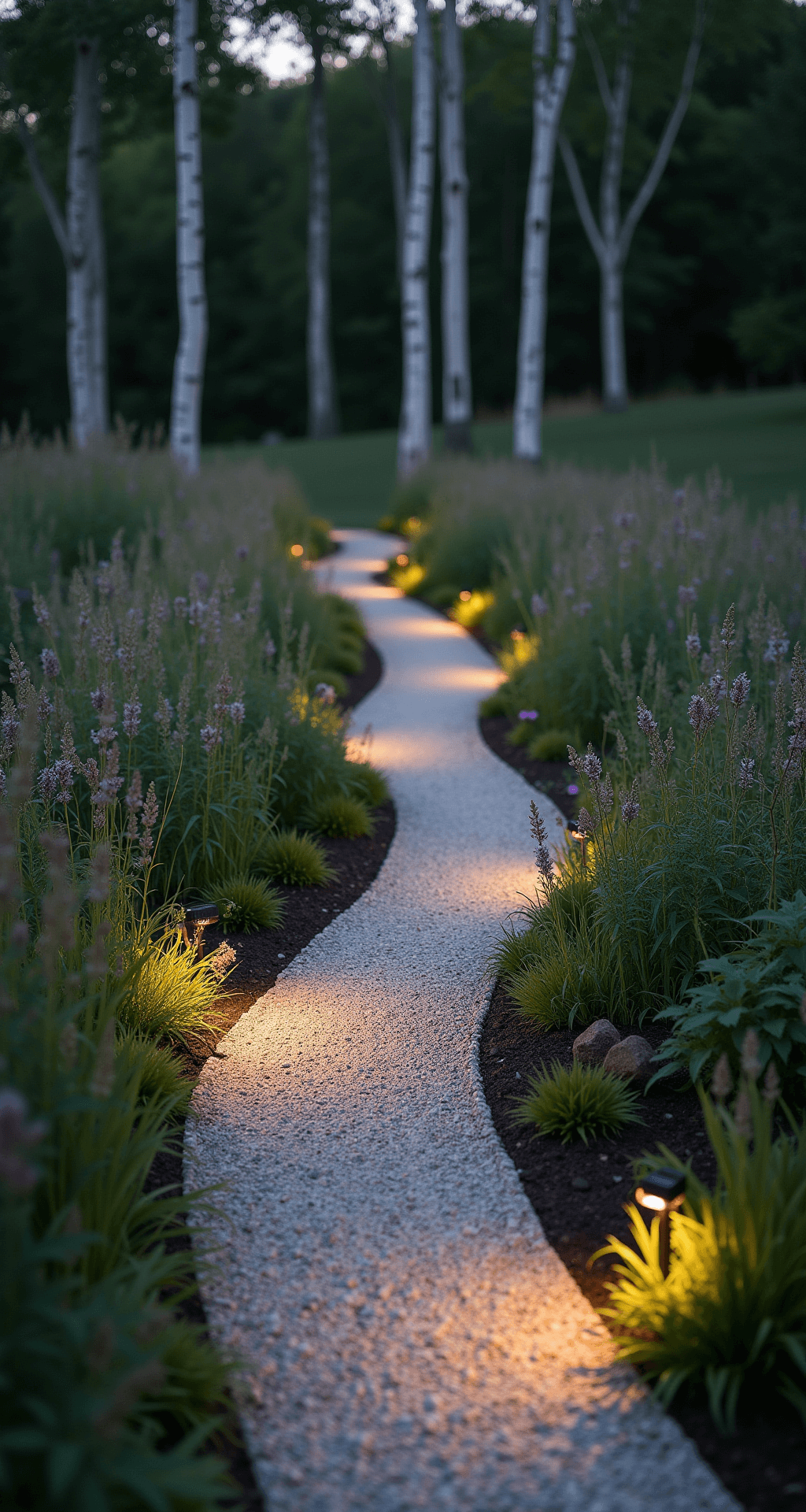
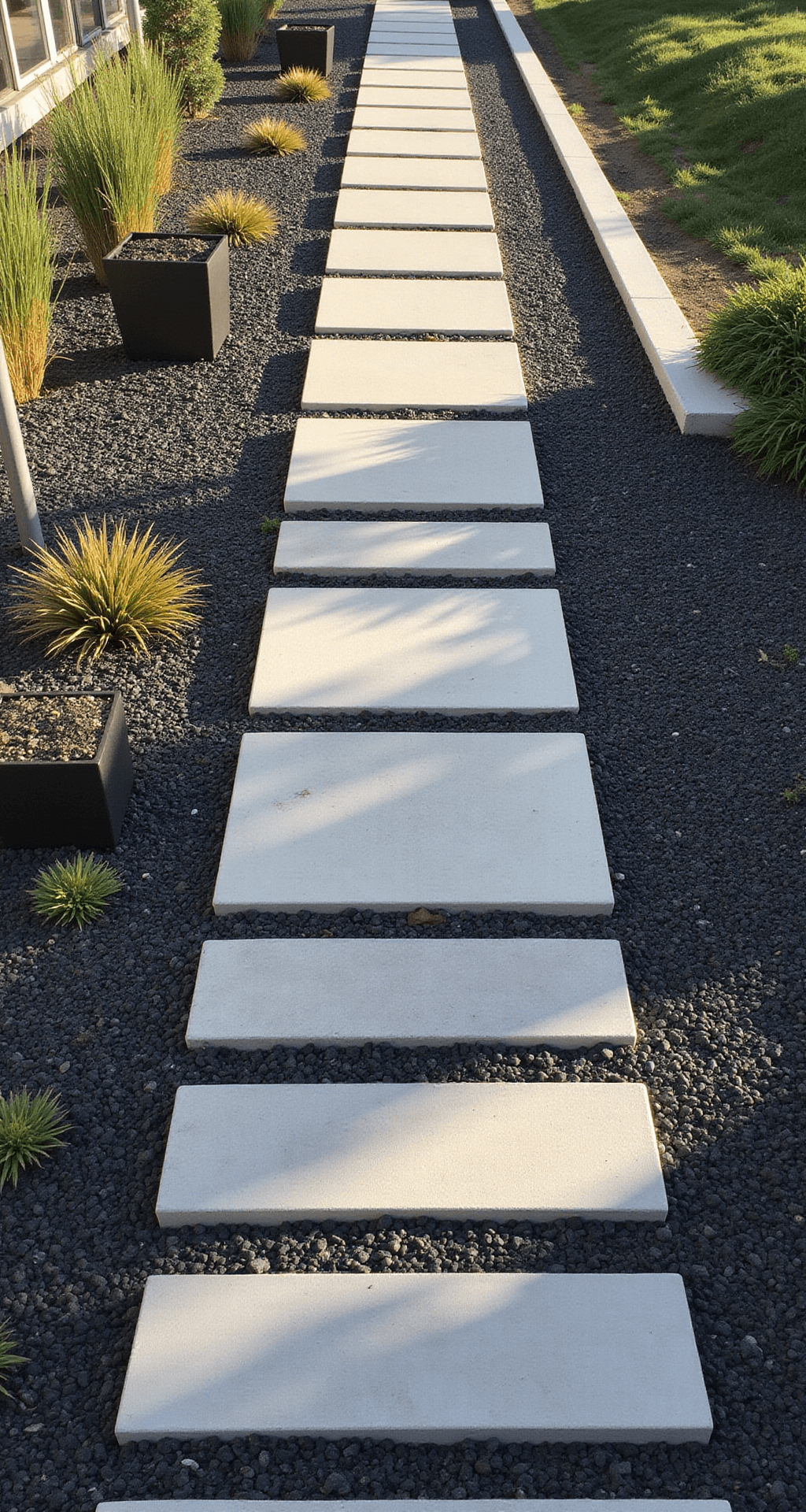
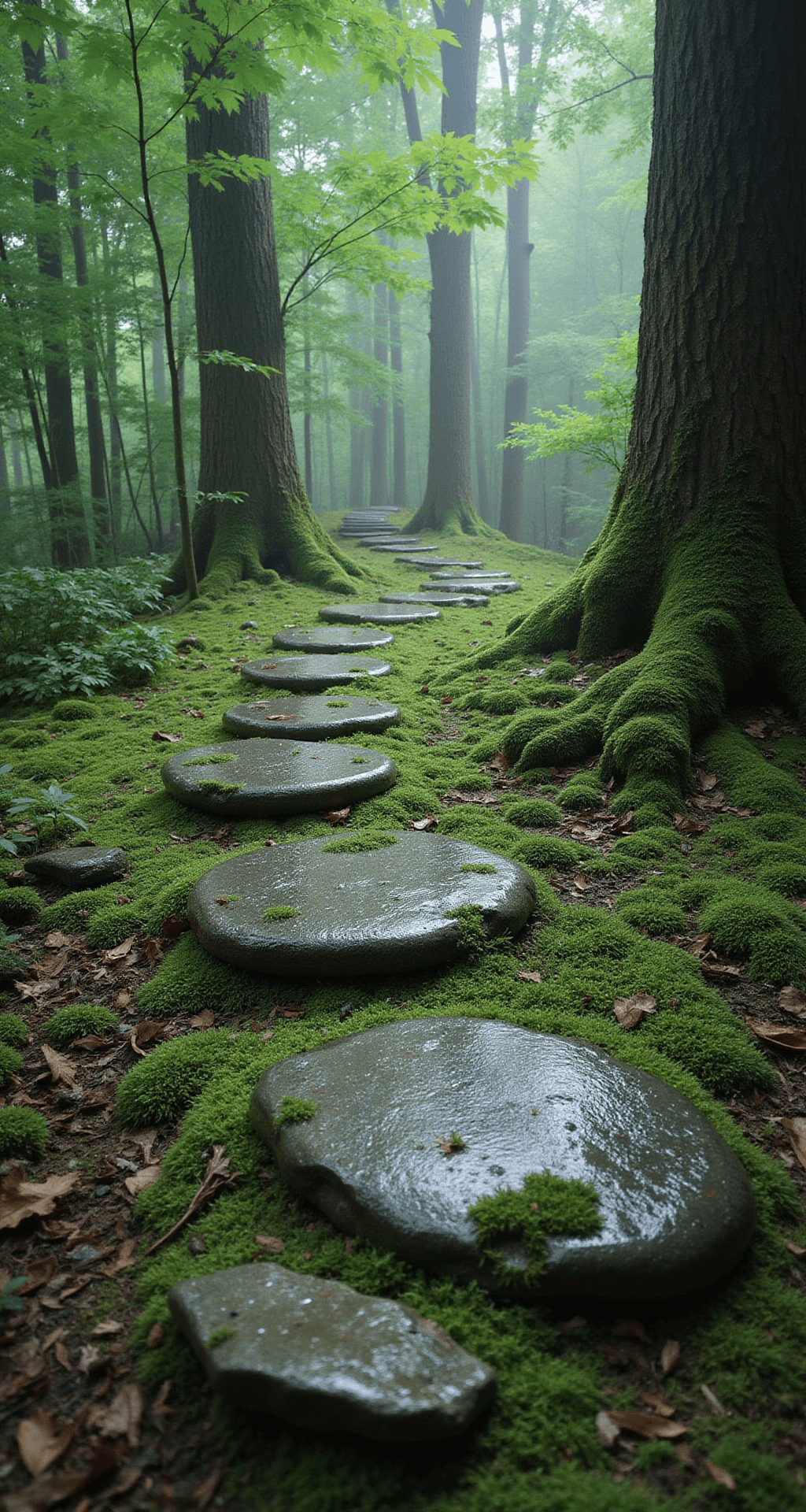
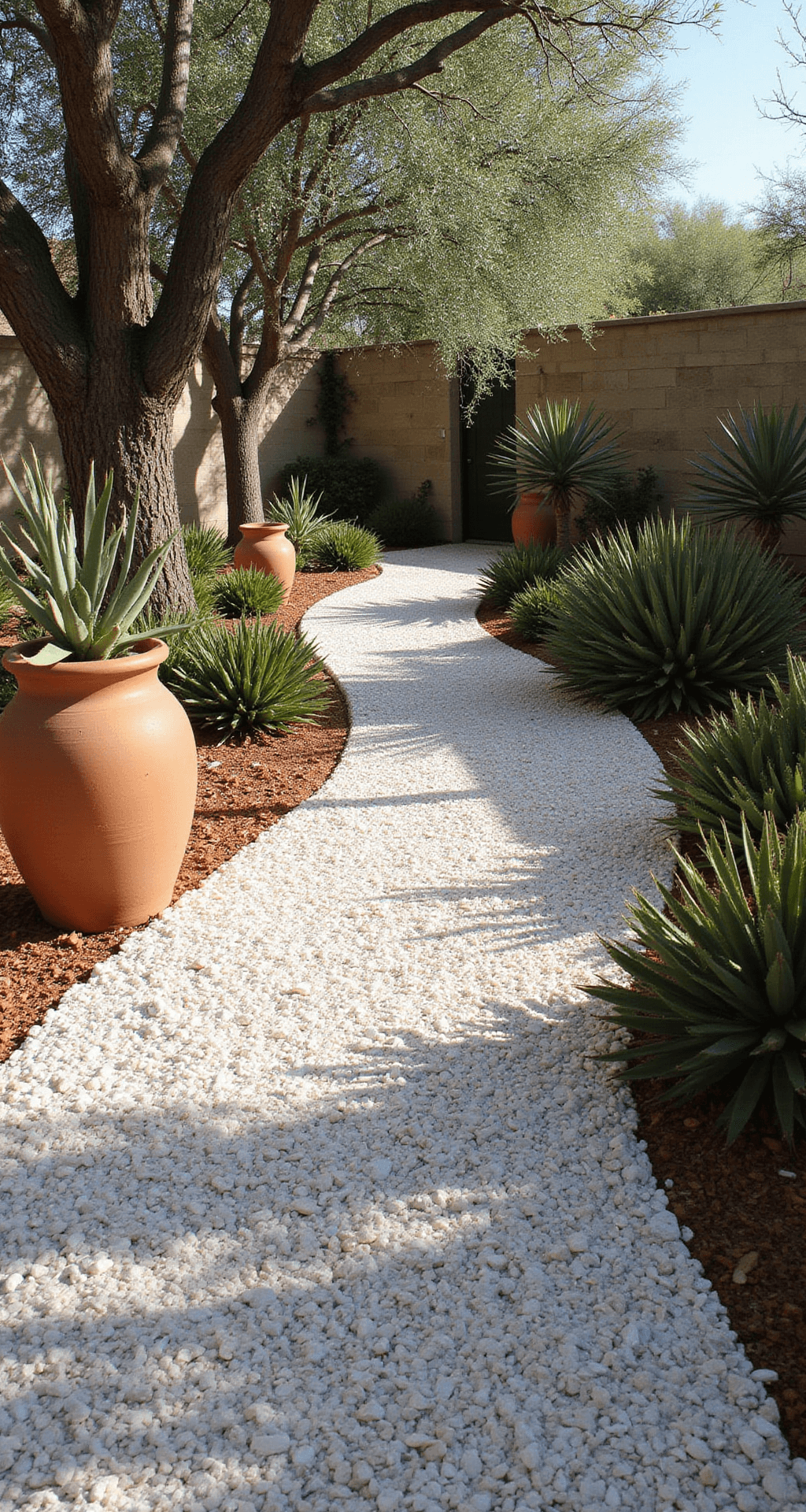
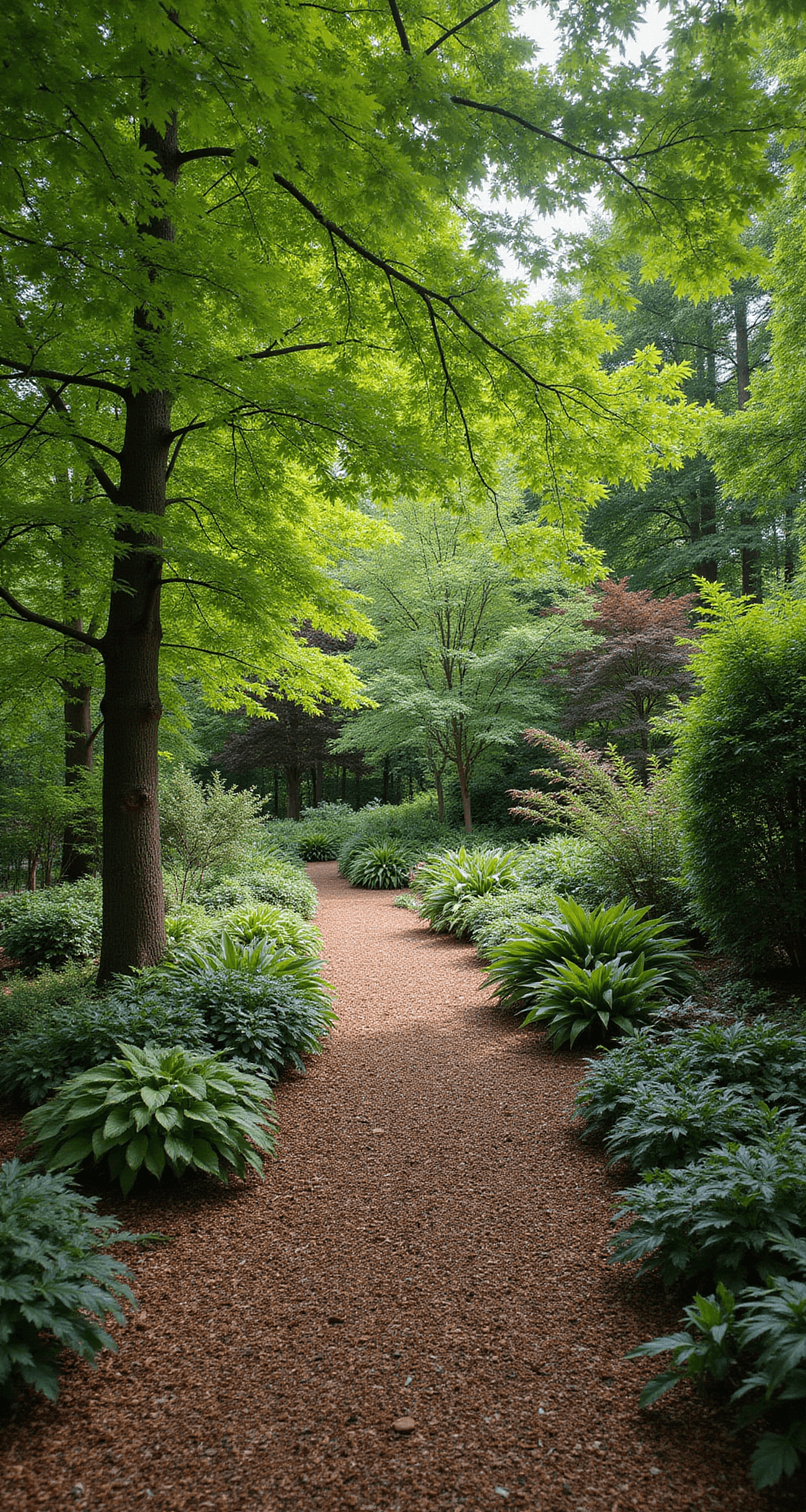






[…] Create clear exit pathways […]